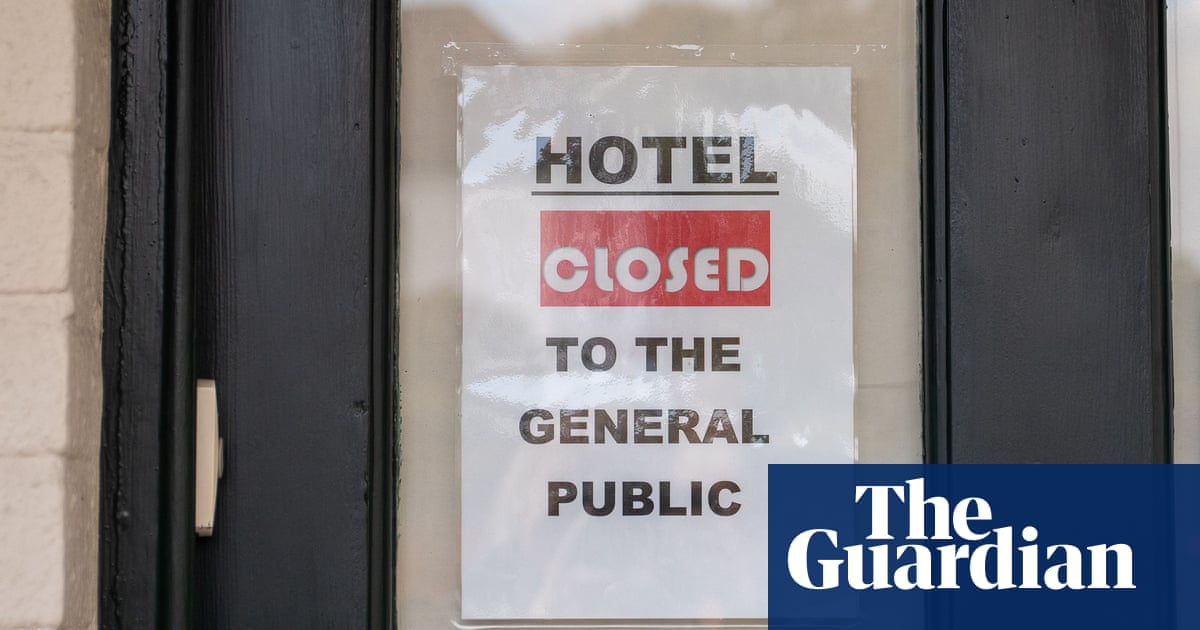
The Home Office’s failure to deliver a new digital border system to monitor the movement of people and goods into and out of the UK will cost the taxpayer an additional £173m, Whitehall’s spending watchdog has found.
Border force staff will instead have to rely upon 26-year-old technology to decide who is allowed into the UK until the scheduled delivery of the Digital Services at the Border [DSAB] programme in 2022, the National Audit Office said.
The extra cost has been disclosed in a report released today, which catalogues the Home Office’s repeated delays over 17 years as officials tried to digitise the management of entry to the UK via ports and airports.
It has been released amid deepening scrutiny of the UK’s borders, with Border Force officers braced for problems at UK ports on 1 January. With a month to go until the end of the post-Brexit transition period, there is still no clarity about exactly how they will operate when it comes to trade with the European Union.
Meg Hillier, the chair of the public accounts committee, said the Home Office had “utterly failed” to learn from the mistakes with past failed attempts to update systems.
“The Home Office once again lost sight of the programme’s core purpose, trying to add more and more features like baubles on a Christmas tree.
“The department plunged ahead without a delivery plan and didn’t address risks. Failure was inevitable,” she said.
A plan to digitise the UK’s borders was first launched in 2003 and was originally due for completion in 2011, at a cost of £600m. It was supposed to help staff manage the watchlist of suspected criminals, search facilities and “identify and assess threats”.
After repeated problems and delays, the Home Office launched its DSAB programme in 2014, which would allow border force staff to make decisions about people crossing the border and to track goods entering and exiting the UK.
Auditors found the Home Office “did not deliver improved digital border systems to its planned timetable of March 2019” which has “increased costs by £173m and means it continues to rely on legacy technology”.
The report also reveals that the Home Office plans to remove all data from Schengen Information System II (SIS II), the EU’s police and security database, on 31 December.
“While it plans to mitigate the loss of access to SIS II, the implications of replacing this key data source for the programme’s stakeholders are yet to be worked through,” it said.
Yvette Cooper, the chair of the home affairs select committee, said such a decision would leave the UK open to people who may be a security threat.
“This decision has serious implications for border checks as it means that Border Force will overnight on 31 December cease to have access to any of the 40,000 alerts from SIS II on dangerous wanted criminals across Europe,” she said.
Auditors said the rollout of the new digital system has been pushed back to the end of March 2022 and cannot be guaranteed to be on time or within budget.
Without it, Border Force staff will rely upon a 26-year-old system to check whether suspects and persons of interest are trying to enter the country, while another system which analyses passenger data is 16 years old, auditors said.
The department “estimates that the net impact of its failure to deliver the programme by the end of March 2019 as originally planned is an additional cost of £173m,” the NAO said.
The report also warned of technical problems with the Home Office’s new system to monitor the watchlist of suspects and people of interest, which will check passenger details against electronic visas and check on who has a legal right to remain in the UK under the EU settlement scheme.
Gareth Davies, the head of the NAO, said the DSAB programme did not achieve value for money by March 2019, failing to deliver what it intended and leaving Border Force staff to rely on outdated legacy systems.
He said the Home Office needs to “ensure that it can deliver the programme at the pace and scale it requires”.
A Home Office spokesperson said it had accepted the report’s recommendations. “Since 2019, following the reset of the programme, industry confidence in this programme has increased with a clear focus and delivery plan put in place.
“This programme will transform the way we secure and manage the flow of people and goods across the border. It will deliver adaptable and modern technology to improve security, increase efficiency and provide a better experience for travellers,” they said.
Responding to the report’s disclosure that all data taken from SIS II will be removed from Home Office databases on 31 December, a government spokesperson said: “We have tried and tested Interpol channels, which we can use to exchange information with EU member states and other countries around the world.”












